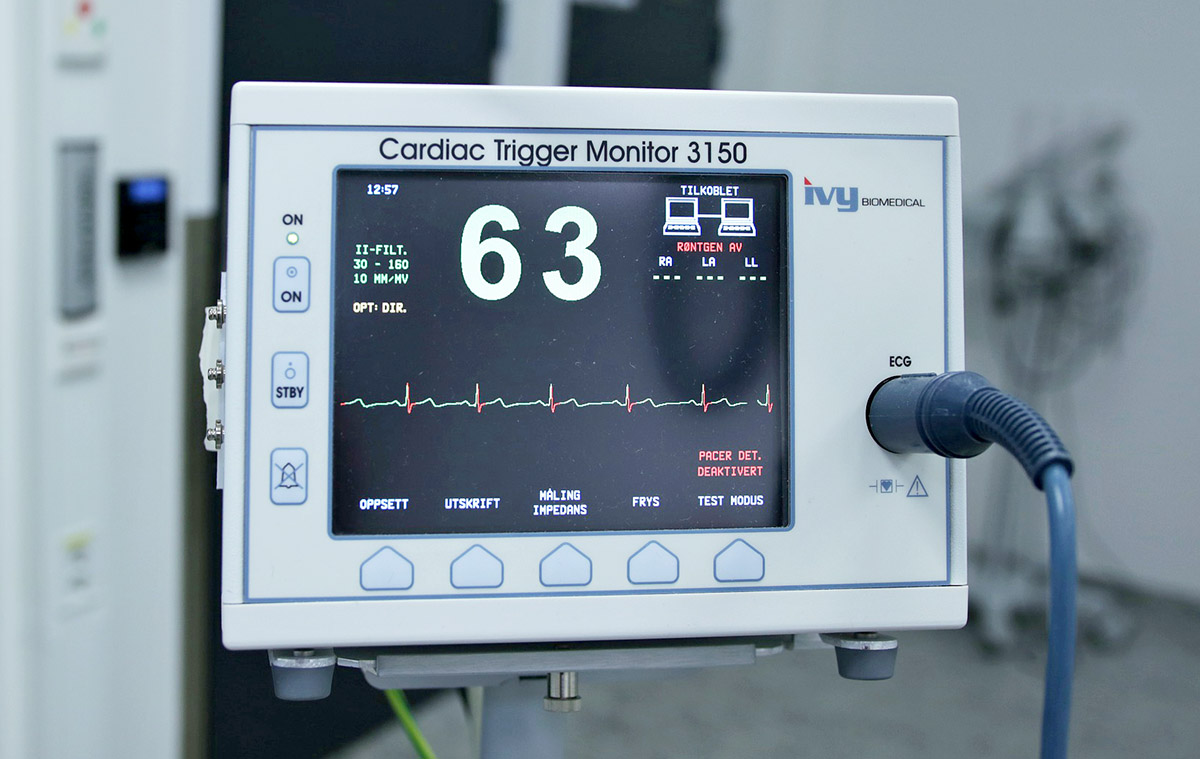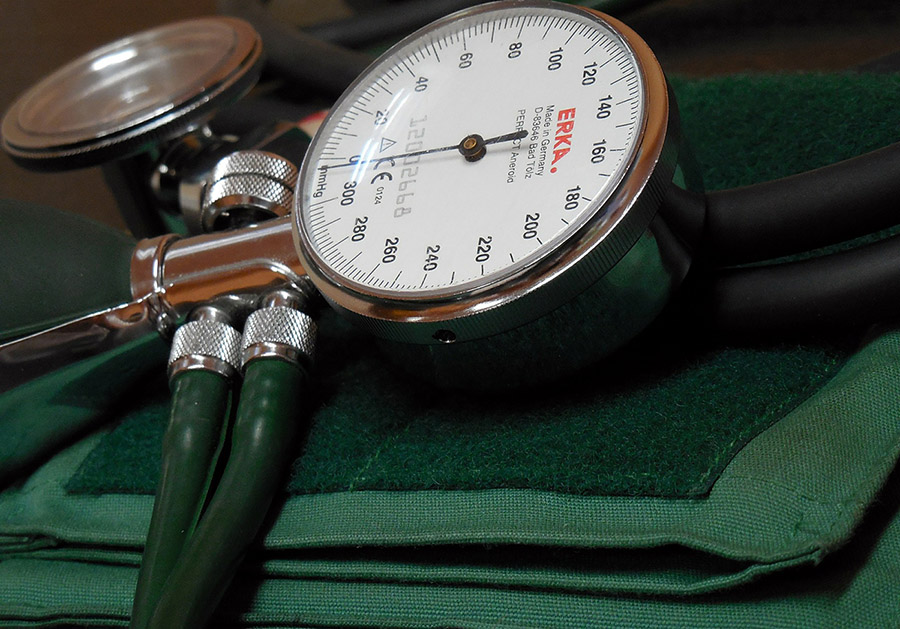We are medical device industry regulatory experts
The consultants at Medical Devices and Pharma have decades of aggregated experience working with a variety of medical devices. That includes expert knowledge of regulations from the U.S. Food and Drug Administration (FDA), Health Canada (HC), the European Union (EU) and other global regulatory bodies. We offer current information about new and novel medical devices, device safety alerts, industry news, and enforcement actions like FDA warning letters. Our regulatory specialists can expertly compile, prepare, and submit regulatory submissions for regulatory marketing authorization, like an FDA 510(k) premarket submission.
What is a medical device?
The definition of a medical device encompasses a wide range of complexity and purposes, from a walking cane to an artificial heart. It can be a physical apparatus or something like software or a chemical reagent.
Regardless of its form or composition, a product is defined as a medical device if it is used to diagnose a medical issue; alleviate, prevent or minimize the risk of a medical problem; or to provide medical treatment.
The differences between medical devices and pharmaceuticals.
Is your product a medical device?
Let us answer your questions about your medical device product, from device classification and requirements to establishment registration and device listings and requirements you need to follow in order to market the product in the U.S. Click here to contact us.
The FDA defines a medical device as:
An instrument, apparatus, implement, machine, contrivance, implant, in vitro reagent, or other similar or related article, including a component part or accessory which is:
- Recognized in the official National Formulary, or the United States Pharmacopoeia, or any supplement to them,
- Intended for use in the diagnosis of disease or other conditions, or in the cure, mitigation, treatment, or prevention of disease, in man or other animals, or
- Intended to affect the structure or any function of the body of man or other animals, and which does not achieve its primary intended purposes through chemical action within or on the body of man or other animals and
- Which does not achieve its primary intended purposes through chemical action within or on the body of man or other animals and which is not dependent upon being metabolized for the achievement of its primary intended purposes.
The term “device” does not include software functions excluded pursuant to section 520(o). Source: “Is the Product a Medical Device?“
Pre-amendment and post-amendment devices
Devices are also identified as pre-amendment or post-amendment based on when they received FDA market clearance. This makes a difference for how a manufacturer can put a device on the U.S. market.
Pre-amendment devices were on the market prior to the enactment of the Medical Device Amendments (MDA) of the Food, Drug and Cosmetic Act on May 28, 1976. They do not require a premarket approval (PMA) or premarket notification (510(k)) submission prior to market entry.
Post-amendment devices received marketing approval after the enactment of the MDA in 1976. Class III devices require the FDA approval of a PMA before the device can be sold on the market. Most class II and some class I devices require a 510(k) premarket notification submission to demonstrate that they are substantially equivalent to a medical device that is currently marketed in the U.S.
Medical Device Headlines
QMSR for Small Manufacturers
Streamlined FDA QMSR Consulting for Small Manufacturers Navigating the FDA's new Quality Management System Regulation (QMSR) can be a challenge for small medical device manufacturers, but compliance doesn’t have to be overwhelming. At Medical Devices and Pharma (MDP),...
Request QMSR Information
QMSR Information Request Form Are you ready for the FDA’s transition from the Quality System Regulation (QSR) to the Quality Management System Regulation (QMSR)? The new QMSR framework aligns more closely with ISO 13485, bringing significant changes to how medical...
QMSR Purchasing Controls
Starting on February 2, 2026, most medical device companies who sell their devices in the United States must comply with FDA’s new Quality Management System Regulation (QMSR, 21 CFR 820), which on that day will replace the current Quality System Regulation (QSR, 21...
FDA QMSR: Overview of the ISO 13485 Standard
Starting on February 2, 2026, most medical device companies who sell their devices in the United States must comply with FDA’s new Quality Management System Regulation (QMSR, 21 CFR 820), which on that day will replace the current Quality System Regulation (QSR, 21...
QMSR Frequently Asked Questions
Although the FDA has done an excellent job of laying out QMSR requirements and explaining differences between the QSR and the QMSR, there are questions related to the implementation of the new Quality Management System Regulation (QMSR) that need an answer. This page...
EU MDR Compliance Consulting Services
Medical Devices and Pharma offers comprehensive services to help your business meet the stringent requirements of the EU Medical Device Regulation (MDR). Our expertise ensures that your products are compliant, safe, and ready for the European market.At Medical Devices...
Extensions for EU MDR and IVDR Implementation
Initial EU MDR and IVDR transition periods extended In 2023, the European Union granted an extension for the implementation of the Medical Device Regulation (MDR) and the In Vitro Diagnostic Medical Device Regulation (IVDR) due to various challenges faced by...
Implementation of the EU MDR and IVDR
A Significant EU Regulatory System Overhaul The implementation of the European Union's Medical Device Regulation (MDR) and In Vitro Diagnostic Medical Device Regulation (IVDR) represents a significant overhaul of the regulatory framework governing medical devices and...
FDA Approves XACT Carotid Stent System
A Breakthrough for Stroke Prevention Abbott Vascular Inc. has received FDA approval for its groundbreaking XACT Carotid Stent System, a significant advancement in stroke prevention technology. Approved on February 7, 2024, this innovative system offers new hope for...
Medical Devices and Pharmaceuticals
At Medical Devices and Pharma, we specialize in providing top-tier regulatory consulting services tailored to the medical device and pharmaceutical industries. Our deep understanding of policy, laws, regulations, and industry standardsand requirements will ensure your...


